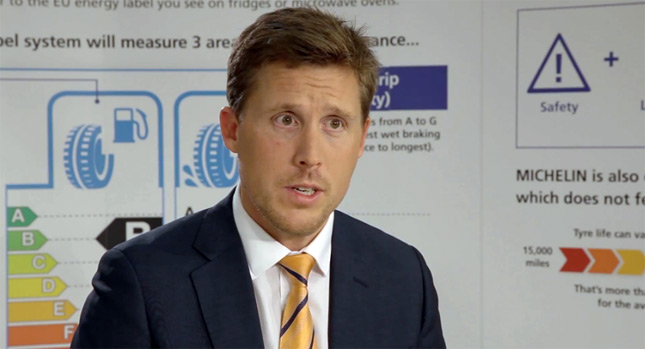It’s true that the current series of letters and numbers on the side walls of the tyres can be confusing to the average buyer, who relies on his tyre provider or a friend’s recommendation when the time comes to change his or her vehicle’s OEM rubber.
That’s why, effective November 1, a new labeling system has been introduced in the European Union. The goal is to inform consumers of the characteristics of each type of tyre and make driving more cost effective, quieter and safer.
The new labeling system is similar to that already used on white appliances. It has a scale from A to G, with A being the highest and G the lowest grade, and measures rolling resistance, wet grip and passing noise.
 Industry specialists point out that, while these three labels may not be as thorough as those measured by tyre manufacturers, who take into account 50 criteria, they are a good start.
Industry specialists point out that, while these three labels may not be as thorough as those measured by tyre manufacturers, who take into account 50 criteria, they are a good start.
For example, the difference between a grade A and a grade G tyre in fuel consumption can be as big as 7.5 percent, while the stopping distance can be longer by as much as 18 meters. In the first case, the vehicle will pollute the environment much more over the lifetime of the tyres fitted and in the second, it can make the difference between involved in or avoiding an accident.
You can view the new tire labeling system explained in the two videos right after the break.
By Andrew Tsaousis
Sources: Michelin UK & BroadcastExchange
VIDEO







